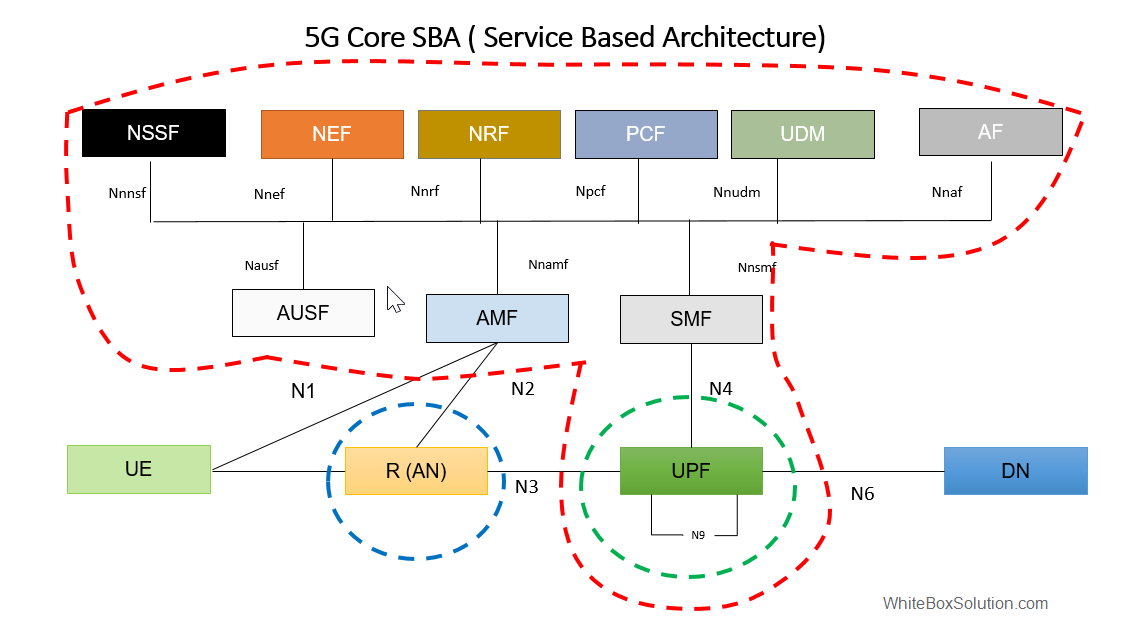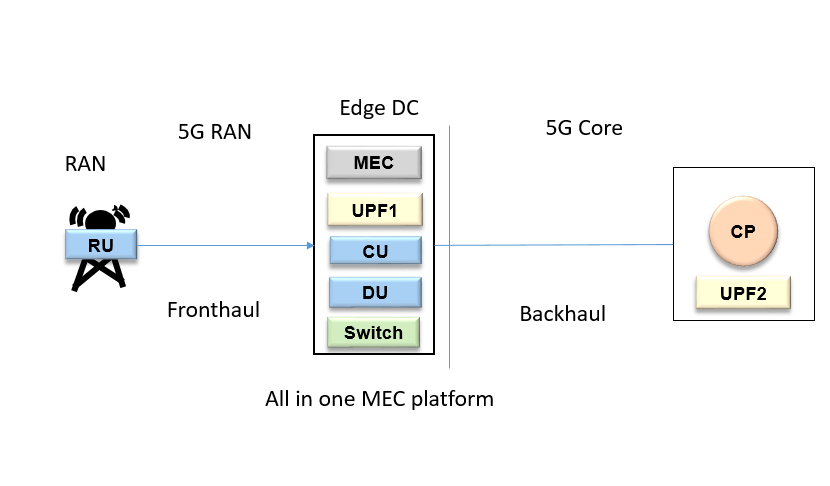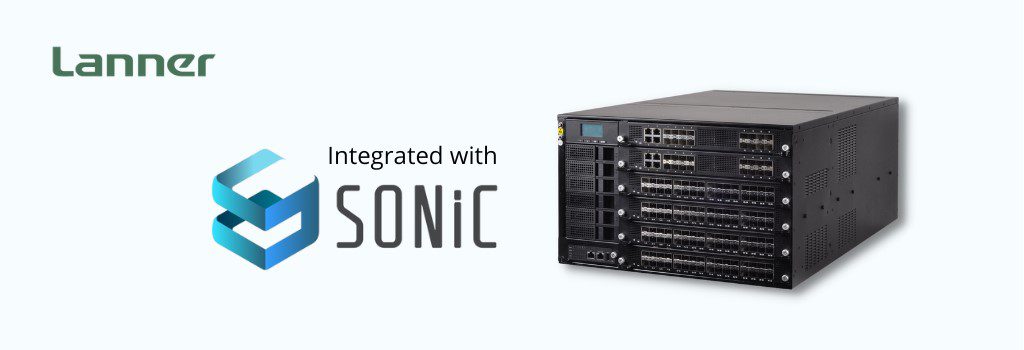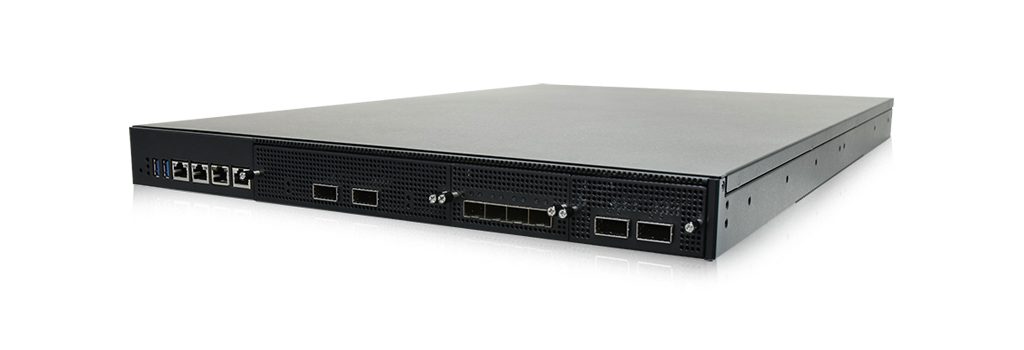let’s face it, as a mobile operator; you want to save CAPEX as well as OPEX. At the same time, you wish to establish edge DCs closer to the edge to offer new MEC services with the best ROI.
However, edge DCs can increase CAPEX/OPEX of mobile networks if not built with the right strategy.
Especially, they differ from central DCs owing to power and space shortages, so the integration of layers and technologies is key to reducing costs.
Also, 5G private networks are getting popular, so knowing the smart options for establishing private 5G edge DCs will help in reducing costs at the network edge.
Luckily, smart and open white box-based MEC hardware allows such integration today.
In this article, therefore, we intend to guide you on:
- Which layers in 5G Core, RAN, and switching can be integrated into the network edge?
- Advantages of such integration through an all-in-one MEC platform
To understand this, we need to have a high-level overview of the RAN and the core of the 5G network architecture.
User Plane and Control Plane in 5G Core
5G Core is built upon a network infrastructure consisting of three main elements: 5G Core Network (5GC), User Equipment (UE), and Radio Access Network R(AN). These three elements form a complete system for providing services to UEs.
There are two types of 5G core components; the first one is the “control” component, while the second one is the “user forwarding” part
The control component of the 5G core
The control plane performs multiple tasks like signaling, access management, and authentication
The user forwarding Component of 5G Core
The job of the user forwarding component in 5GC is to forward user traffic to an external data center.
In the diagram below, the red bounded area is the 5GC. The green encircled area is the user forwarding component of 5GC, also called “User Plane Function”-UPF
Anything in the red bounded area except the green encircled area is the control component.
As we move forward, please note that as UPF runs the user or data plane and thus its distance from users of service matters a lot. The closer it is to the users, the better experience the users will have because of less latency.
Fig: 5G Service-based architecture
Radio access network in the 5G
R(AN) or simply RAN is shown in the diagram as a blue encircled area. RAN is a network through which users access the core network. It includes components like RU ( Radio unit), DU ( Distributed unit), and Control unit ( CU). For an understanding of these radio components, you may visit our blog here.
The simple view of RAN and 5GC
For this discussion, we have simplified the 5G architecture by showing the RAN and 5GC in a line diagram to explain how they are logically connected. To the right of UPF ( including UPF) is the core, while to the left of UPF is the RAN network
Fig: 5G RAN & Core
To take the discussion forward, we will now elaborate by showing the three components of RAN, i.e., RU, DU, and CU
RU is the component that sits at the radio site while DU and CU can be centralized this results in two new interfaces, i.e., fronthaul and the midhaul
Fronthaul interface exists between RU and DU, while midhaul exists between DU and CU.
Fig: Fronthaul, Midhaul and Backhaul in 5G
Where is the network edge in this discussion?
Let’s bring in the Edge DC in this architecture.
The Edge DC serves the following functions:
1. Runs latency-sensitive applications close to the user for a better user experience.
2. Provides internet breakout to users for directly accessing the internet.
3. As a consequence of 1 and 2 above, it reduces the backhaul bandwidth needed to reach central core sites.
By looking at the reasons above, it only makes sense to establish edge DC somewhere closer to RU and put UPF in the edge DC to improve customer experience.
However, this is not all; as an operator, you want to run innovative MEC functions, which means MEC should be hosted in edge DC, also.
Combined RAN, Core, and MEC in edge DC
Bringing UPF/UPF alone to the network edge is not an optimum investment for an operator. The operator must look for other distributed components of RAN (i.e., DU and CU) and combine them with the core components in the Edge DC.
This leads to the optimum architecture in which RAN, Core, and MEC functions run on the same platform in the edge DC. ( Depending on the architecture, the operator may choose to separate DU from the MEC platform and place it more closer to the RU). All these functions can run as different VNFs on the same platform
However, this is not all; with the space and power limitation in the edge cloud, it advisable to further optimize by integrating the switching fabric in the same platform without the need for separate leaf and spine layers.
This makes it a true all-in-one MEC platform. With such kind of all-in-one MEC platform, the operators can reduce CAPEX/OPEX considerably.
Fig: All-in-one MEC platform
Lanner’s White box can combine RAN, Core, and MEC and also switch to the same platform
Lanner provides an open white box platform for the edge that can combine multiple functions ( RAN, Core, Switch, MEC, Security) on edge thanks to its powerful, integrated, and smart compute and switching technology.
Lanner’s HTCA ( HTCA-6600, HTCA-6400, HTCA-6200 ) is an all-in-one MEC / Edge datacenter open platform that comes in flexible form factors ranging from 2U to 6u, suitable for compacted edge deployment.
It consists of a variety of compute blades and switches based on P4 programmable hardware accelerators such as Intel Tofino ASIC.
P4 programmable switching brings powerful programming capabilities to the switch and can take some of the data-intensive CPU workload ( like security function, telemetry, traffic engineering, etc.) off the compute processor, thus offloading the compute functions.
This makes the HTCA platform a powerful all-in-one platform for RAN, Core, MEC, and Switching
About Lanner’s white box solutions
Lanner Electronics is a leading manufacturer of white box platforms. It provides compact white box solutions and UCPEs for different network technologies and a wide variety of applications like Open RAN, MEC, NFV, SDN, network orchestration, network slicing, and S-WAN.
Lanner operates in the US through its US subsidiary, Whitebox solutions (whiteboxsolution.com)












